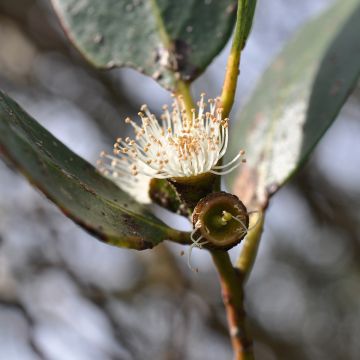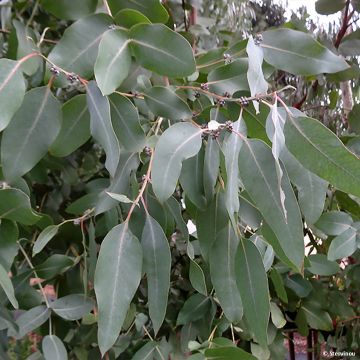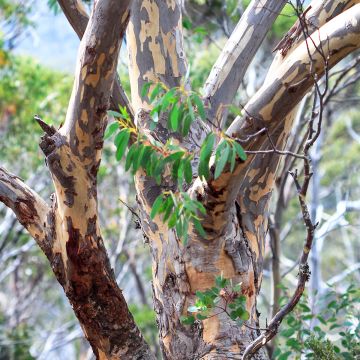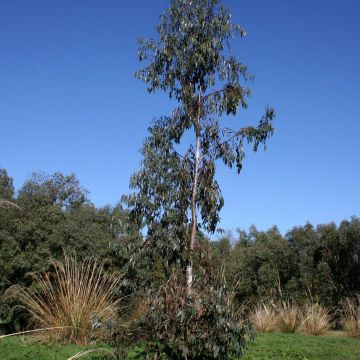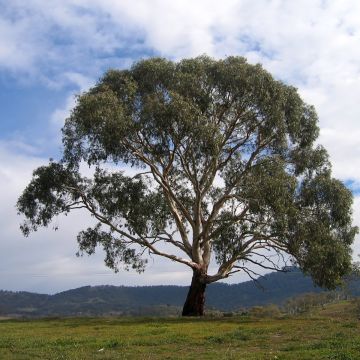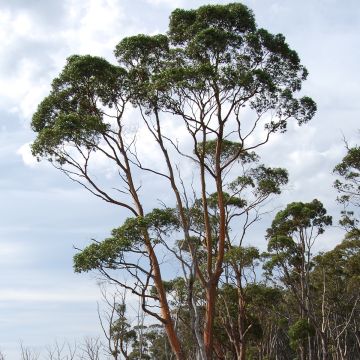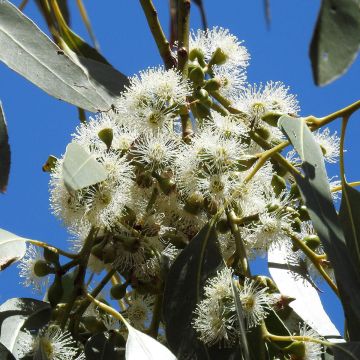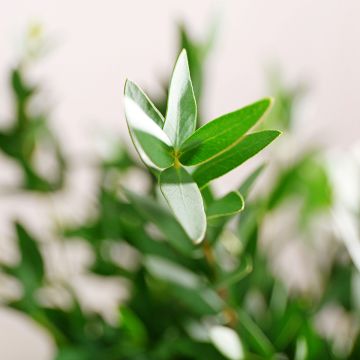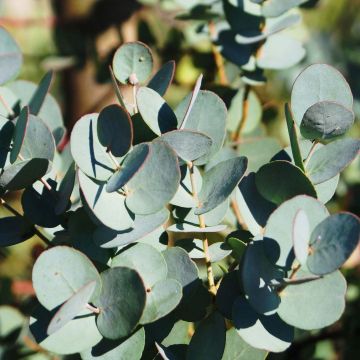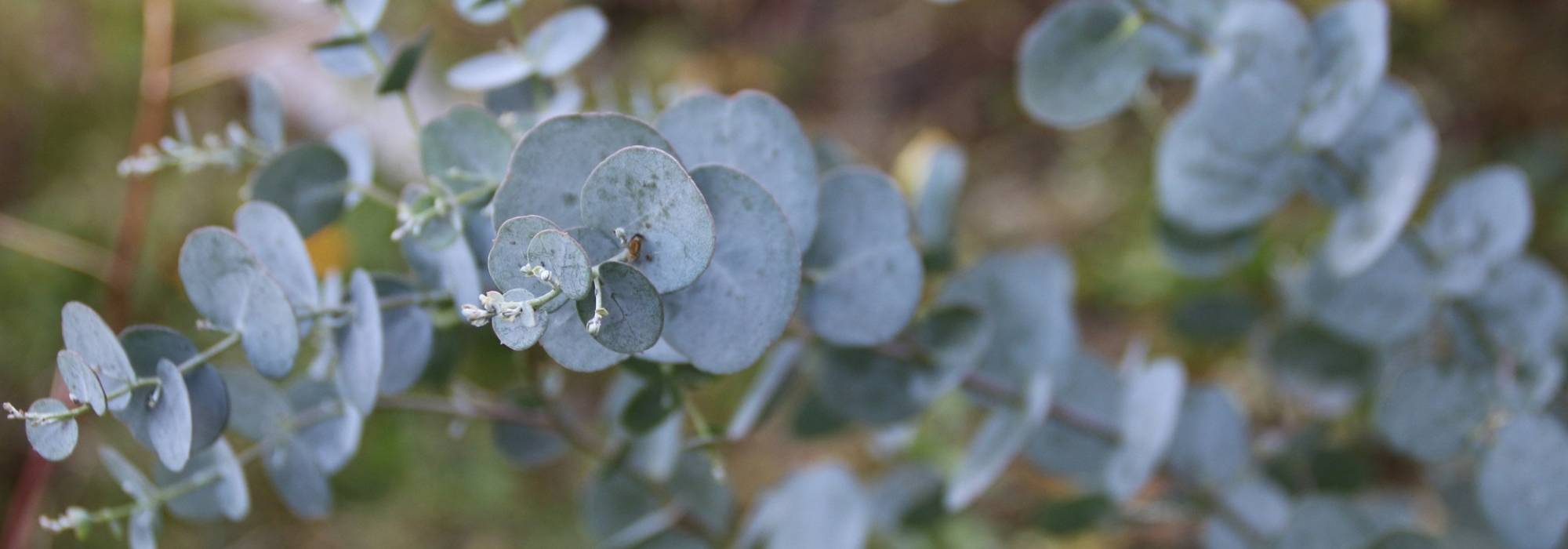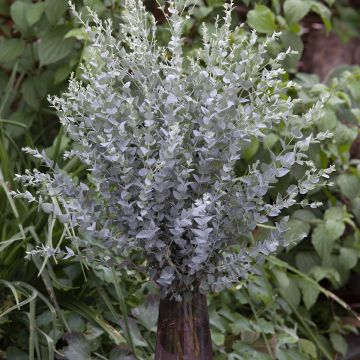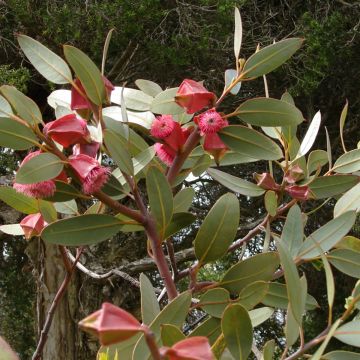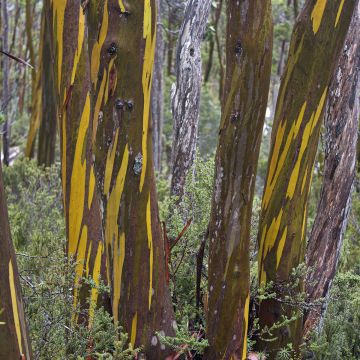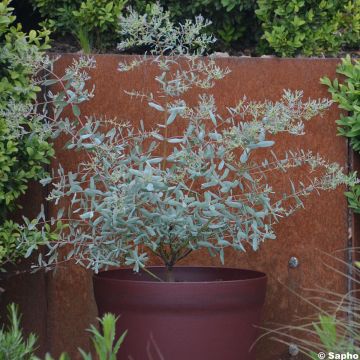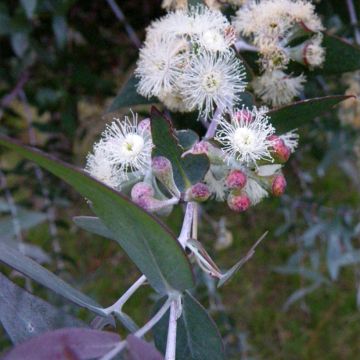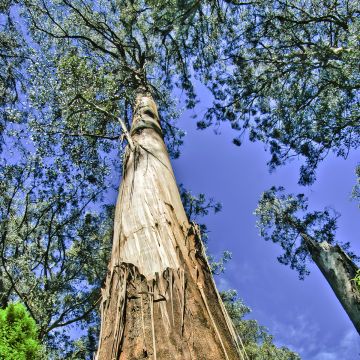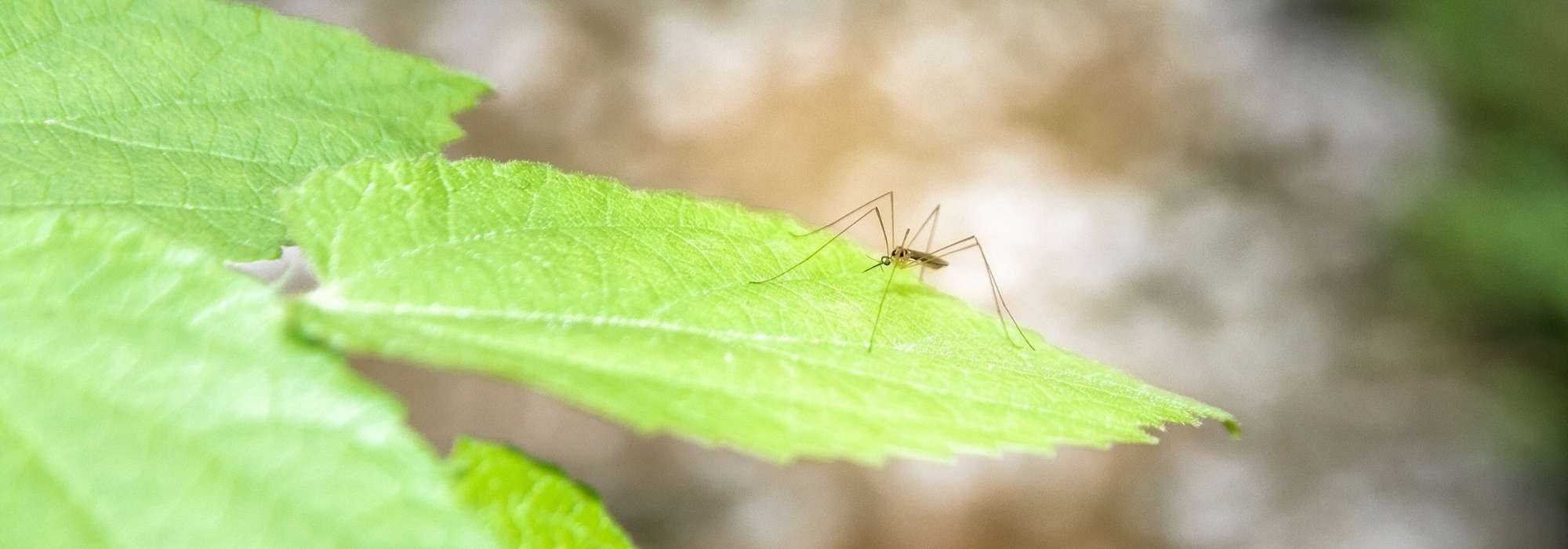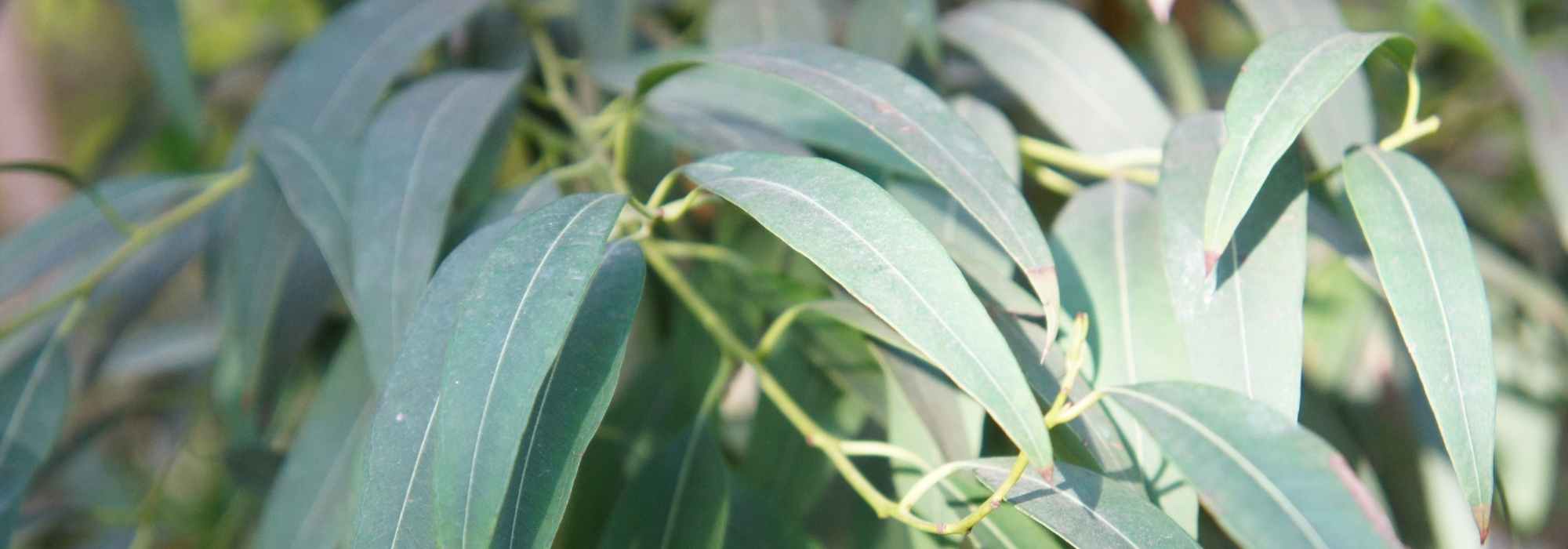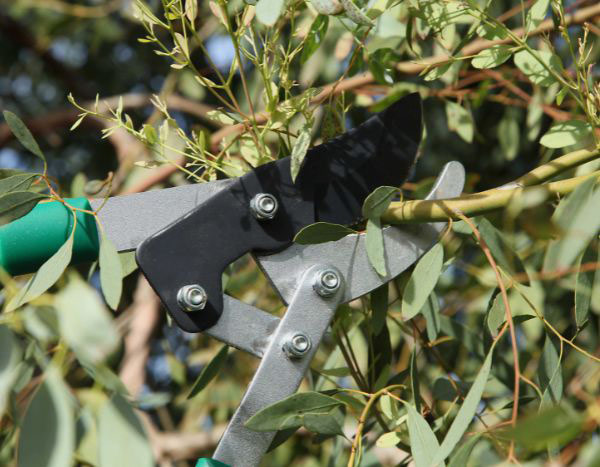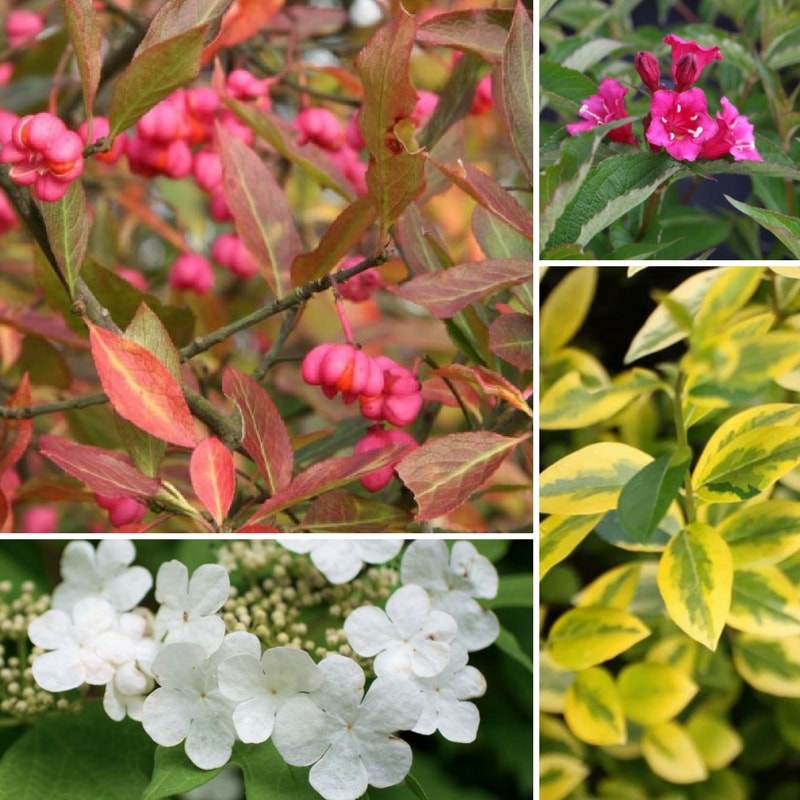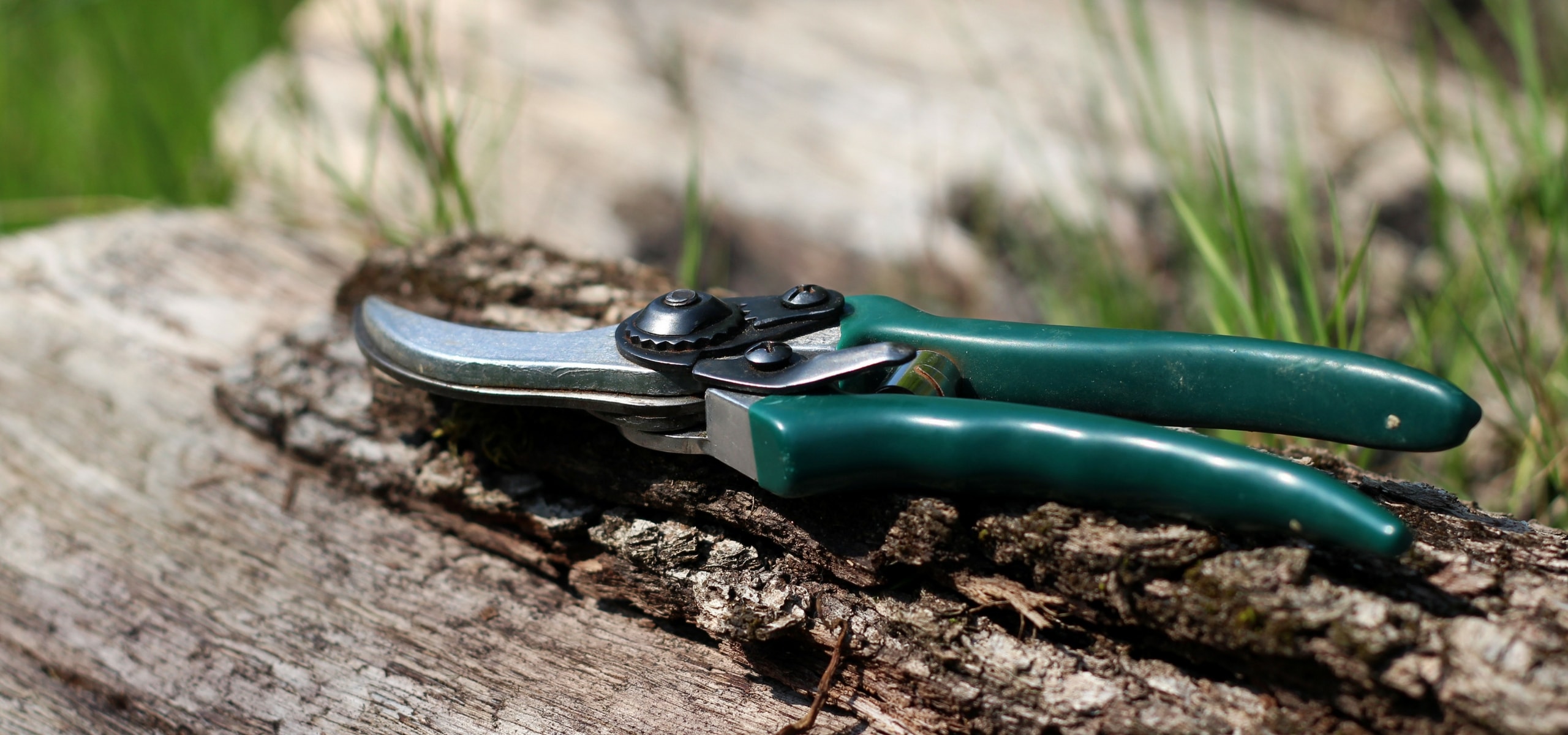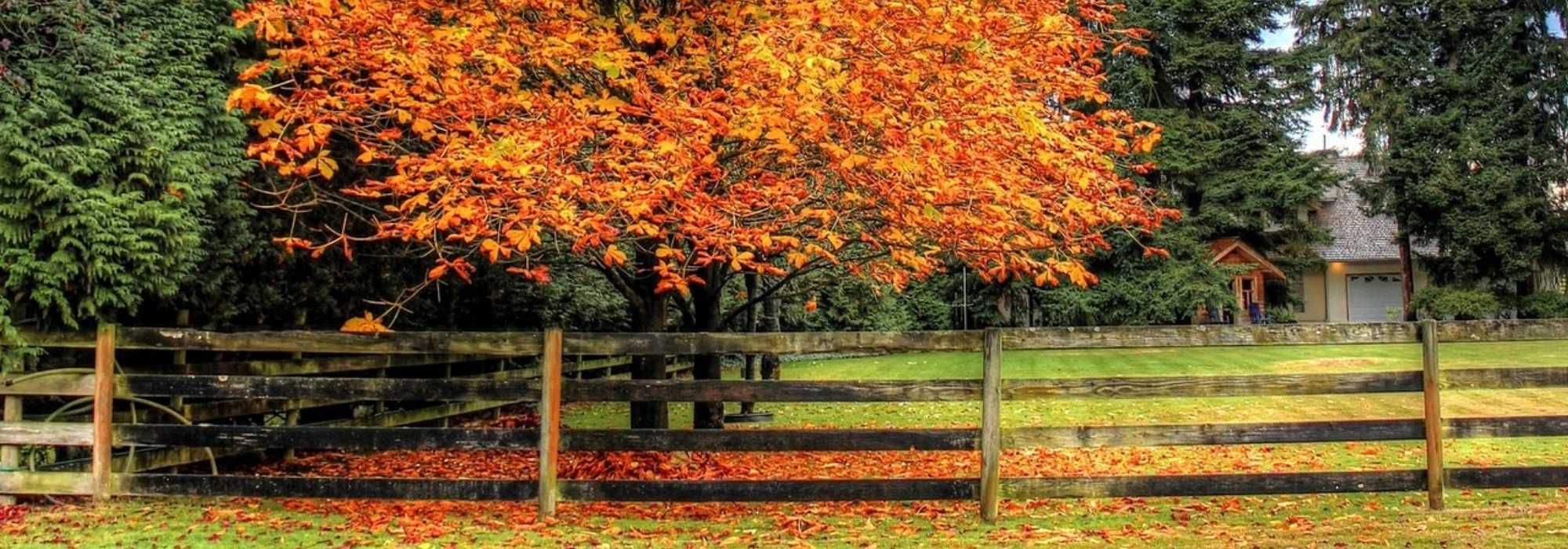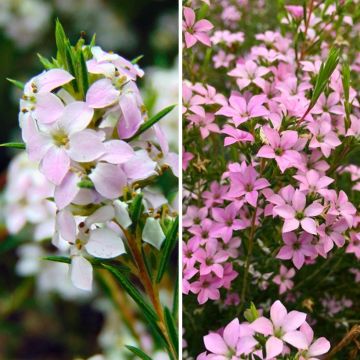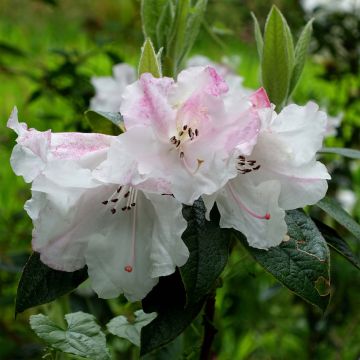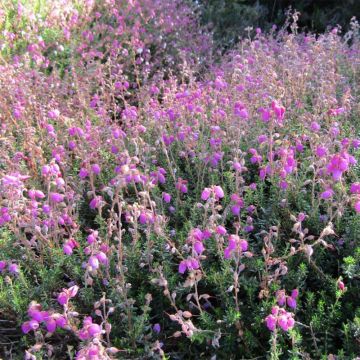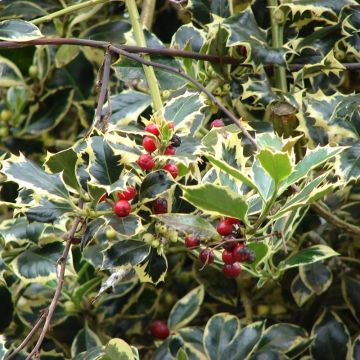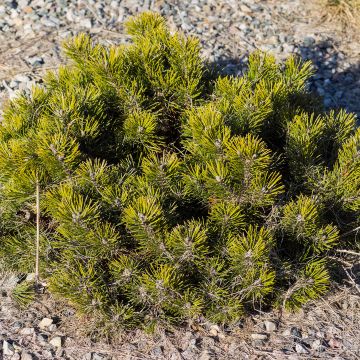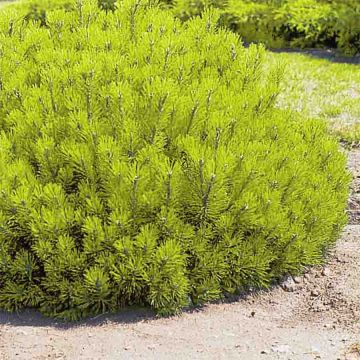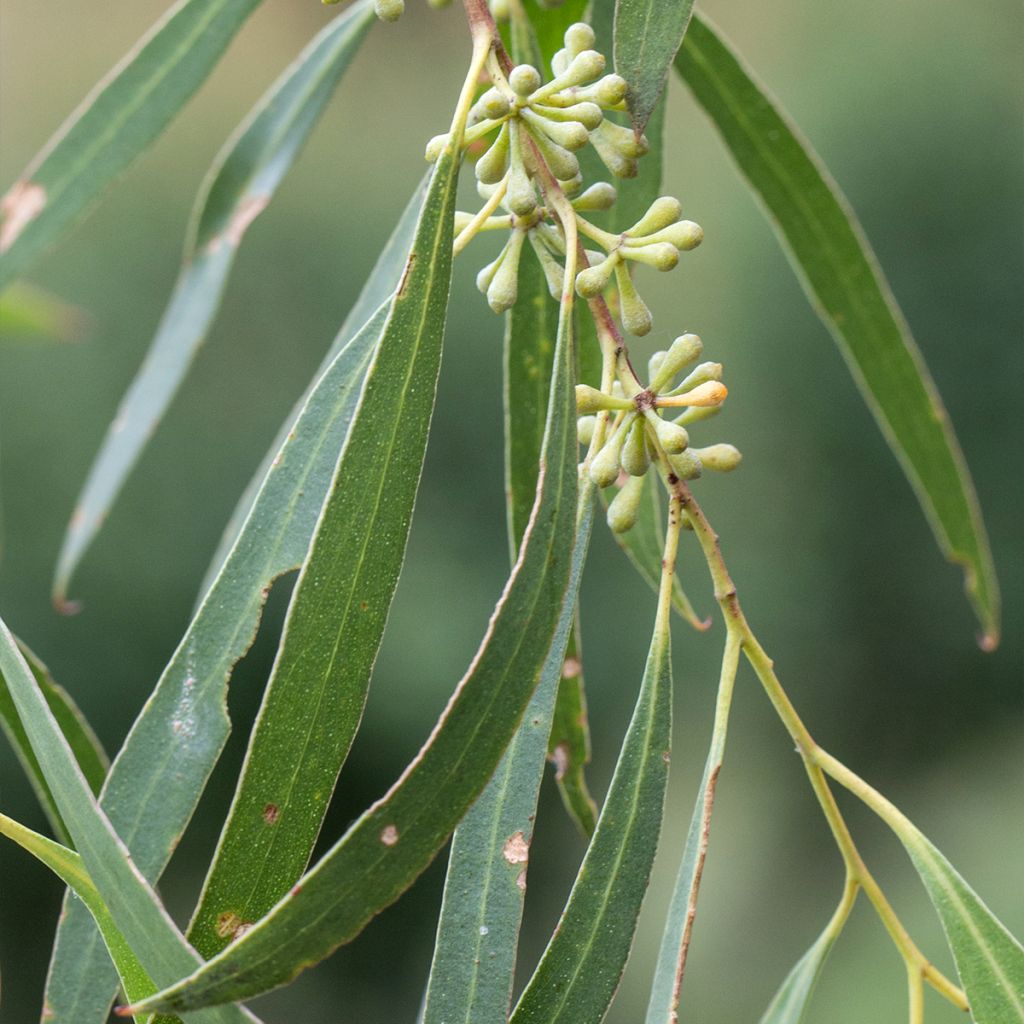

Eucalyptus salicifolia
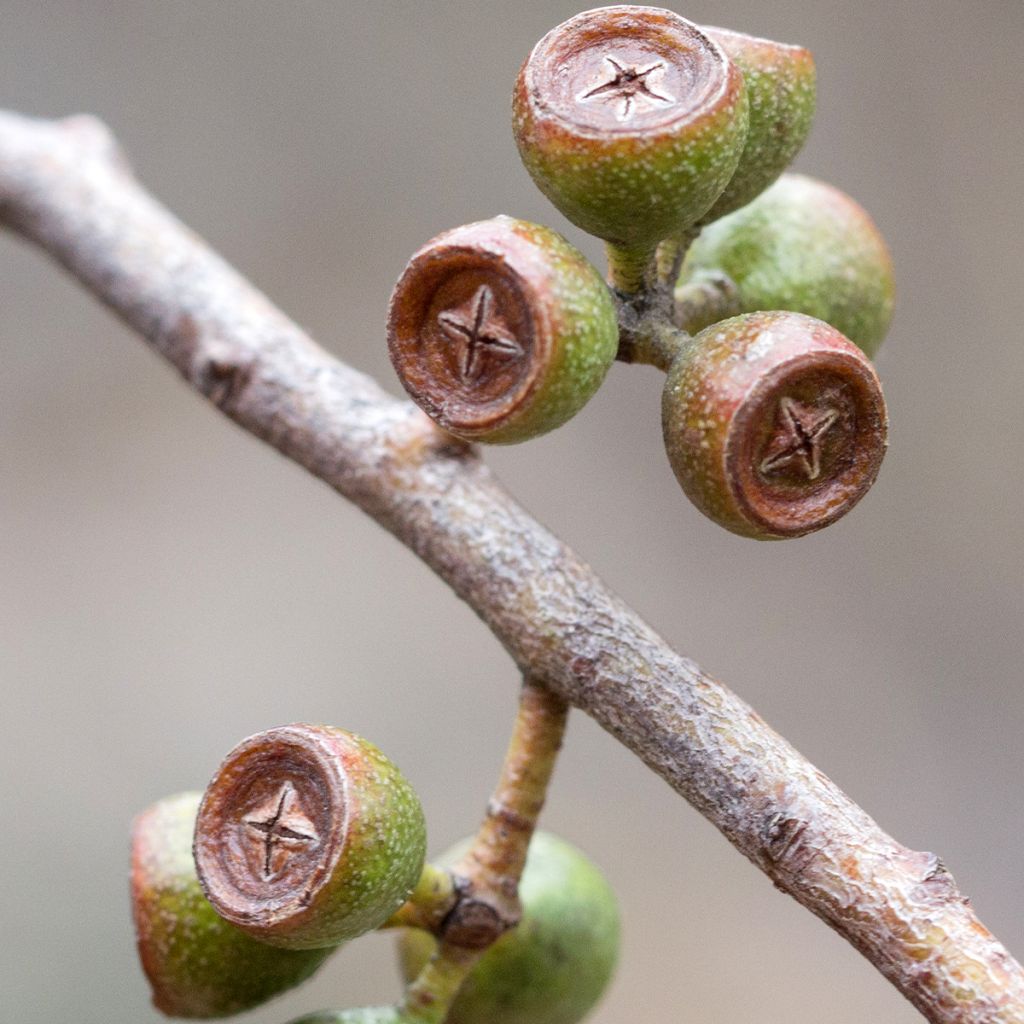

Eucalyptus salicifolia
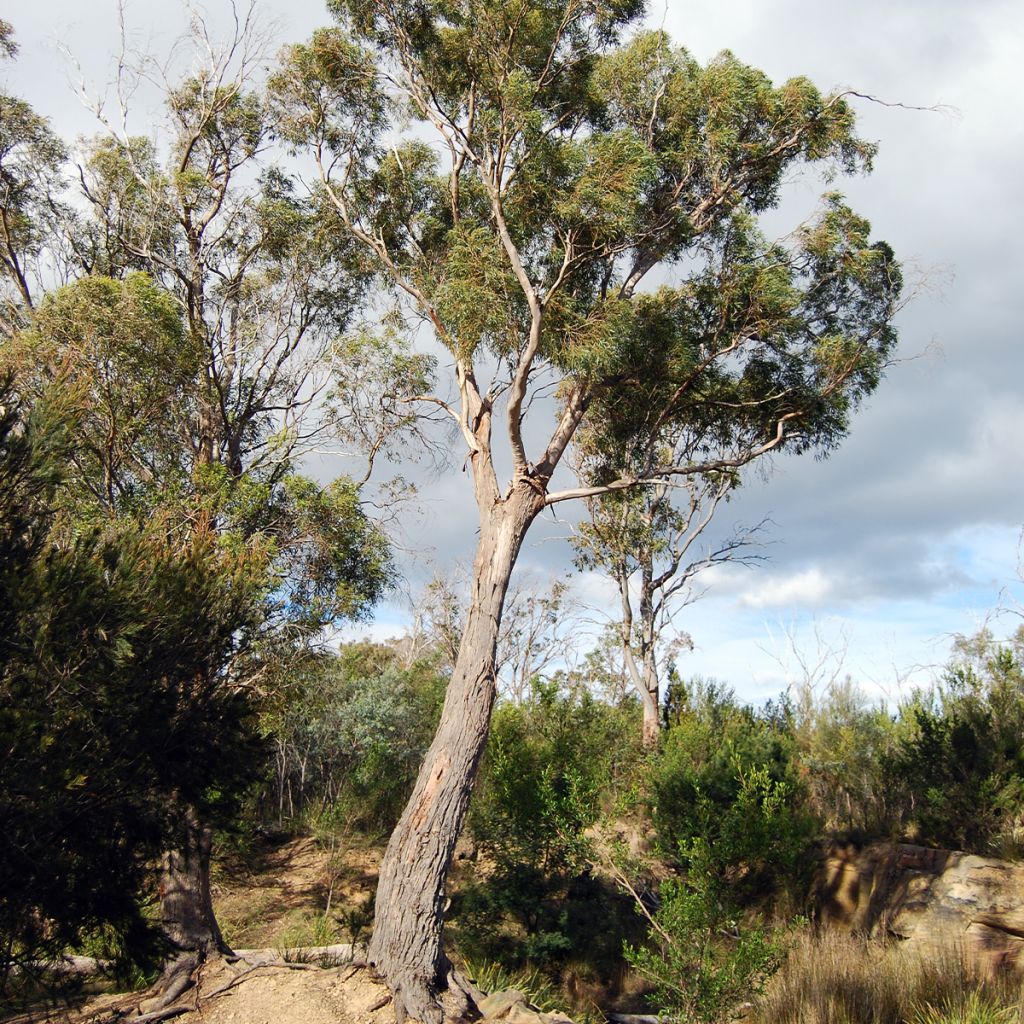

Eucalyptus salicifolia
Eucalyptus salicifolia
Eucalyptus amygdalina
Black Peppermint
Special offer!
Receive a €20 voucher for any order over €90 (excluding delivery costs, credit notes, and plastic-free options)!
1- Add your favorite plants to your cart.
2- Once you have reached €90, confirm your order (you can even choose the delivery date!).
3- As soon as your order is shipped, you will receive an email containing your voucher code, valid for 3 months (90 days).
Your voucher is unique and can only be used once, for any order with a minimum value of €20, excluding delivery costs.
Can be combined with other current offers, non-divisible and non-refundable.
Why not try an alternative variety in stock?
View all →This plant carries a 24 months recovery warranty
More information
We guarantee the quality of our plants for a full growing cycle, and will replace at our expense any plant that fails to recover under normal climatic and planting conditions.
Does this plant fit my garden?
Set up your Plantfit profile →
Description
Eucalyptus salicifolia, also known as the Black Mint-bush comes from Tasmania. Its narrow, green foliage is very aromatic giving off a strong mint scent. It eventually forms a robust and majestic tree 25 to 30 m (82 to 98 ft 5 in) high. Its rough, grey-brown and finely fibrous bark is, however smooth on the upper branches, greyish to salmon or white and peeling in ribbons. Its lovely white pom-pom flowers are also appreciated. It withstands frosts down to -12° (10.4 °F) C and possibly beyond.
Eucalyptus salicifolia is an endemic species of the north-eastern two-thirds of Tasmania where it grows from the coast to the foothills of the Central Plateau, but it is not very common at altitude. Like all Eucalyptus, it belongs to the myrtaceae family. Its growth is quite rapid eventually forming a large elegant tree with an ovate crown measuring about 25 m (82 ft) in height and 12 m (39 ft 5 in) in width, depending on the growing conditions. Its rough, grey-brown and finely fibrous trunk bark is, instead, smooth on the upper branches, greyish to salmon or white and peeling in ribbons. The foliage remains juvenile for 4 or 5 years, elliptical, lanceolate or crescent-shaped, green to almost glaucous. The narrow adult leaves are pendulous, larger, finer and thicker, lanceolate to linear and slightly crescent-shaped, green, slightly shiny or dull and sometimes bluish. This foliage gives off a non-typical minty scent when crushed. The flowering period extends from September to January, depending on the climate and the year, but it has also been observed in July. The flowers are grouped by the dozen in the axil of the leaves in white clusters. This eucalyptus has a lignotuber just below the surface of the soil. This organ allows it to start again from the stump in case of severe frost, fire or hard pruning. The plant also produces numerous shoots from dormant buds located under its bark, which allows it to respond well to coppicing and topping.
Eucalyptus salicifolia brings an elegant and majestic touch to a large garden. Easy to maintain, it enjoys full sun exposure, and neutral to acidic, moist to ordinary or dry soil once established.
Eucalyptus salicifolia in pictures


Plant habit
Flowering
Foliage
Botanical data
Eucalyptus
amygdalina
Myrtaceae
Black Peppermint
Oceania
Other Eucalyptus
View all →Planting and care
Eucalyptus salicifolia is best planted at the beginning of autumn or at the beginning of spring, in well-prepared, not too dry to moist soil in a very sunny situation. It prefers neutral to acid soil. Water well at planting, then regularly the first year, especially in dry weather and if the summer is dry and hot. There is no need for pruning, but the young plant copes very well with pruning after 3 or 4 years of cultivation.
Planting period
Intended location
Care
Planting & care advice
This item has not been reviewed yet - be the first to leave a review about it.
Similar products
Haven't found what you were looking for?
Hardiness is the lowest winter temperature a plant can endure without suffering serious damage or even dying. However, hardiness is affected by location (a sheltered area, such as a patio), protection (winter cover) and soil type (hardiness is improved by well-drained soil).

Photo Sharing Terms & Conditions
In order to encourage gardeners to interact and share their experiences, Promesse de fleurs offers various media enabling content to be uploaded onto its Site - in particular via the ‘Photo sharing’ module.
The User agrees to refrain from:
- Posting any content that is illegal, prejudicial, insulting, racist, inciteful to hatred, revisionist, contrary to public decency, that infringes on privacy or on the privacy rights of third parties, in particular the publicity rights of persons and goods, intellectual property rights, or the right to privacy.
- Submitting content on behalf of a third party;
- Impersonate the identity of a third party and/or publish any personal information about a third party;
In general, the User undertakes to refrain from any unethical behaviour.
All Content (in particular text, comments, files, images, photos, videos, creative works, etc.), which may be subject to property or intellectual property rights, image or other private rights, shall remain the property of the User, subject to the limited rights granted by the terms of the licence granted by Promesse de fleurs as stated below. Users are at liberty to publish or not to publish such Content on the Site, notably via the ‘Photo Sharing’ facility, and accept that this Content shall be made public and freely accessible, notably on the Internet.
Users further acknowledge, undertake to have ,and guarantee that they hold all necessary rights and permissions to publish such material on the Site, in particular with regard to the legislation in force pertaining to any privacy, property, intellectual property, image, or contractual rights, or rights of any other nature. By publishing such Content on the Site, Users acknowledge accepting full liability as publishers of the Content within the meaning of the law, and grant Promesse de fleurs, free of charge, an inclusive, worldwide licence for the said Content for the entire duration of its publication, including all reproduction, representation, up/downloading, displaying, performing, transmission, and storage rights.
Users also grant permission for their name to be linked to the Content and accept that this link may not always be made available.
By engaging in posting material, Users consent to their Content becoming automatically accessible on the Internet, in particular on other sites and/or blogs and/or web pages of the Promesse de fleurs site, including in particular social pages and the Promesse de fleurs catalogue.
Users may secure the removal of entrusted content free of charge by issuing a simple request via our contact form.
The flowering period indicated on our website applies to countries and regions located in USDA zone 8 (France, the United Kingdom, Ireland, the Netherlands, etc.)
It will vary according to where you live:
- In zones 9 to 10 (Italy, Spain, Greece, etc.), flowering will occur about 2 to 4 weeks earlier.
- In zones 6 to 7 (Germany, Poland, Slovenia, and lower mountainous regions), flowering will be delayed by 2 to 3 weeks.
- In zone 5 (Central Europe, Scandinavia), blooming will be delayed by 3 to 5 weeks.
In temperate climates, pruning of spring-flowering shrubs (forsythia, spireas, etc.) should be done just after flowering.
Pruning of summer-flowering shrubs (Indian Lilac, Perovskia, etc.) can be done in winter or spring.
In cold regions as well as with frost-sensitive plants, avoid pruning too early when severe frosts may still occur.
The planting period indicated on our website applies to countries and regions located in USDA zone 8 (France, United Kingdom, Ireland, Netherlands).
It will vary according to where you live:
- In Mediterranean zones (Marseille, Madrid, Milan, etc.), autumn and winter are the best planting periods.
- In continental zones (Strasbourg, Munich, Vienna, etc.), delay planting by 2 to 3 weeks in spring and bring it forward by 2 to 4 weeks in autumn.
- In mountainous regions (the Alps, Pyrenees, Carpathians, etc.), it is best to plant in late spring (May-June) or late summer (August-September).
The harvesting period indicated on our website applies to countries and regions in USDA zone 8 (France, England, Ireland, the Netherlands).
In colder areas (Scandinavia, Poland, Austria...) fruit and vegetable harvests are likely to be delayed by 3-4 weeks.
In warmer areas (Italy, Spain, Greece, etc.), harvesting will probably take place earlier, depending on weather conditions.
The sowing periods indicated on our website apply to countries and regions within USDA Zone 8 (France, UK, Ireland, Netherlands).
In colder areas (Scandinavia, Poland, Austria...), delay any outdoor sowing by 3-4 weeks, or sow under glass.
In warmer climes (Italy, Spain, Greece, etc.), bring outdoor sowing forward by a few weeks.






























